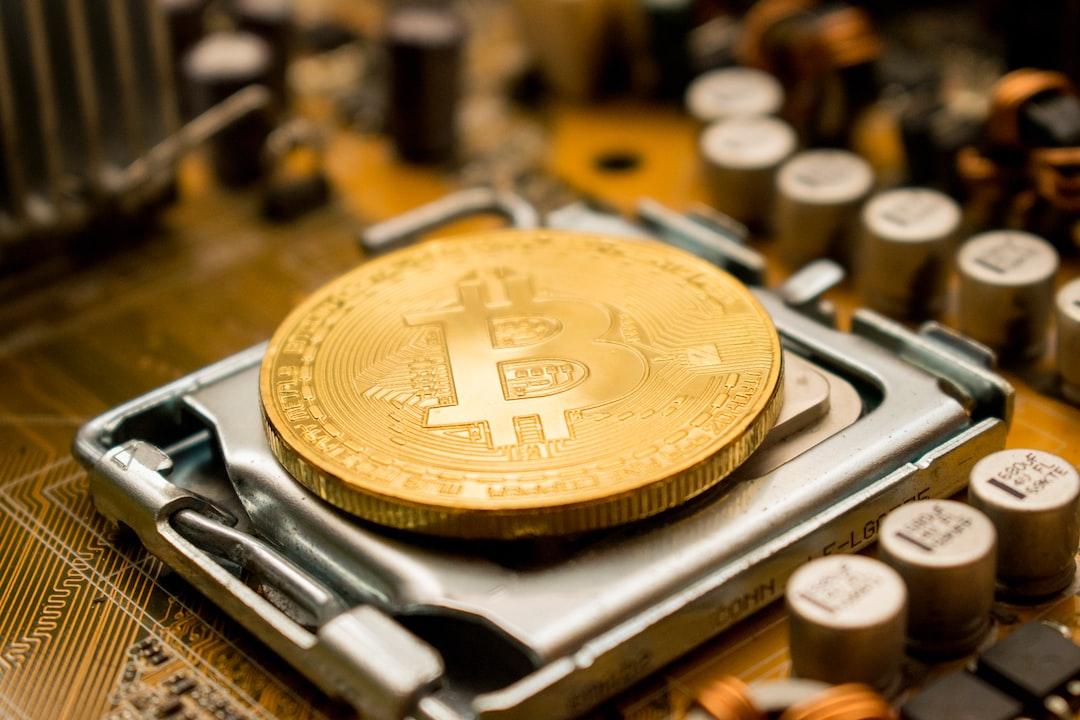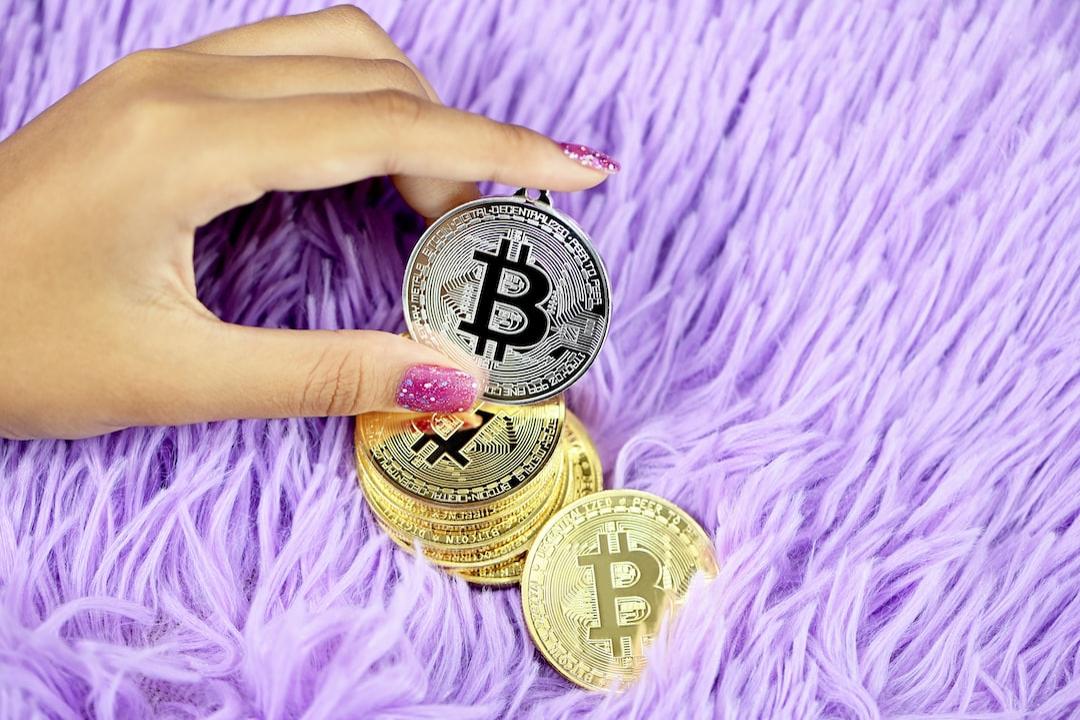MapleStory’s Cryptocurrency Adventure
Do you remember the game “MapleStory” where you battled monsters, teamed up, and changed outfits? While younger players may not have experienced it, this 20-year-old gaming masterpiece holds the internet café memories of many individuals born in the 1980s and 1990s. It is also a significant landmark of the era when online games began to enter China after the millennium.

Now, it has transformed into a new darling of blockchain gaming. The English name for MapleStory is “MapleStory,” and on May 15, the governance token NXPC of the blockchain version MapleStory Universe, which carries the same IP, was launched on exchanges such as Binance, Upbit, Bithumb, Gate.io, Bybit, Deepcoin, Bitget, Weex, and MEXC. The price of the project token NXPC directly broke through $3, with a fully diluted valuation (FDV) soaring to $3 billion. Along with the price surge, discussions around the NXPC air drop have gained traction.
Under the current Binance Alpha points system, users meeting certain criteria will also receive NXPC air drops. Based on the price of NXPC at the time of publication, ordinary users can earn over 600 USDT per transaction, making it one of the most attractive “air drop benefits” of the year.

Many players jokingly ask if there is still a chance to return to the BSC, as the wealth effect has once again captured attention. “MapleStory” itself represents the nostalgia of veteran players while bringing some hope to the lagging blockchain gaming sector.
But can NXPC truly succeed? We can examine the current surge of NXPC from two perspectives: whether the project itself is viable and how it compares to predecessors in the blockchain gaming sector.
NXPC is the governance token of MapleStory Universe, launched by NEXPACE, the blockchain subsidiary of South Korean gaming giant Nexon. As a classic MMORPG operating for 20 years, MapleStory has accumulated over 180 million players globally and achieved historical revenue of $4 billion, making it one of the evergreen titles in the gaming industry.
Now, Nexon is bringing this IP to the blockchain, aiming to create a community-driven digital economic ecosystem through MapleStory Universe. According to the project’s white paper, the total supply of NXPC is 1 billion tokens, with 16.37% (approximately 163.7 million tokens) unlocked immediately through air drops, while 80% is reserved for subsequent ecological rewards, aimed at incentivizing long-term participation from players and creators.
NXPC also has a sister token, NESO, used for in-game trading, which can be freely exchanged with NXPC, forming a dual-token model. This design attempts to find a balance between the game economy and token value but has also led many investors to sniff out opportunities for “gold farming.”

From this economic model, it still follows the cyclical approach of “main token — sub-token — NFT assets,” where one token serves as the platform coin, providing governance or staking functions while acquiring various rights designed in the game rules; the other token is used purely as in-game currency. Together, the two tokens support the economic cycle of NFT equipment and items in the game. This is not fundamentally different from the gameplay of most previous blockchain games.
Comparing with the once-popular projects in the blockchain gaming sector, it seems possible to derive a reasonable price range. Is the current price of NXPC, above $3, already touching its ceiling?
Using the current circulation of NXPC at 16.37% (approximately 163.7 million tokens) as a basis, and referencing the current market capitalization and historical highs of leading projects such as Gala Games, The Sandbox, Decentraland, Axie Infinity, and Mobox, a theoretical estimation can be made:

Current market capitalization comparison: Based on NXPC’s current price of $3 (at the time of publication), it is already higher than Mobox’s $0.24 and Axie Infinity’s $2.17, comparable to Decentraland’s $3.4. If we compare it to Gala Games and The Sandbox’s market capitalizations of $703 million and $691 million, respectively, NXPC’s price could potentially challenge the $4.06-$4.13 range. However, in comparison to Mobox’s undervaluation, NXPC’s current price seems to already incorporate high market expectations.
Historical high comparison: Looking back at the blockchain gaming bull market of 2021-2022, Gala Games and The Sandbox reached market capitalizations as high as $6.9-$7 billion. If we estimate based on the historical peak market capitalizations of these projects during that market environment, their prices could challenge the $15-$40 range. However, this is contingent upon NXPC replicating the ecological activity and market fervor of those projects during their peak years.
From a fundamental viewpoint, there is no exceptional narrative or technological breakthrough in the gaming sector itself; relying solely on the old “MapleStory” IP to drive prices to this level may be overly optimistic.

Looking at the data, NXPC appears more like a shift in capital flow. The funding rate for the Binance NXPC/USDT perpetual contract once dropped to -2% and is currently at -0.7%, indicating that short sellers need to pay for long positions. This negative premium is typically a precursor to a short squeeze—where a large number of short positions are forced to close, further pushing prices up.
At the same time, NXPC’s first-day launch on major exchanges like Binance has ensured short-term trading depth and liquidity, while the continuous launch of contracts across numerous exchanges has further stimulated speculative capital influx. MEXC data shows that NXPC’s 24-hour trading volume reached $6.85 million, indicating significant speculative sentiment.
Returning to fundamentals, NXPC’s value realization also faces considerable challenges. First, the game is currently in the public testing phase, and player retention and the stability of the economic model have yet to be tested by the market. The lesson from Axie Infinity teaches us that blockchain gaming projects overly reliant on speculative drives, while neglecting player experience and economic balance, ultimately struggle to sustain themselves in the long run.
Second, NXPC’s value is heavily dependent on the vitality of the creator economy. NXPC emphasizes the creator economy, rather than a purely “gold farming” model. MapleStory Universe allows players and creators to produce content through Synergy Apps, such as designing unique equipment or levels, and minting them as NFTs for trade through NXPC.
If creator participation is insufficient or if the liquidity of the NFT item trading market is low, the demand for NXPC may significantly decline. The shift from a pure “Play-to-Earn” to a “Create-to-Earn” model is not a new concept; we have frequently observed this in past blockchain game projects.
From the reactions on crypto Twitter, the buzz around NXPC indeed benefits from the dual endorsements of the “MapleStory” IP’s appeal and the wealth effect, but the community’s focus is more on short-term gains rather than the long-term value of the game ecosystem.
Another key point is that this is a South Korean game, and it is an undeniable fact that young South Koreans are loyal to trading coins, providing a market that has the potential to drive NXPC’s rise. The indicator changes on Upbit may be more influential in determining NXPC’s fate.
However, one cannot conclude that just because a flower blooms well, the entire garden is flourishing again. The fate of blockchain gaming remains uncertain. MapleStory is restarting its adventure in the crypto world, yet it faces many young individuals who have already exited due to losses in blockchain gaming.
This article is a collaborative reprint from: ShenChao

